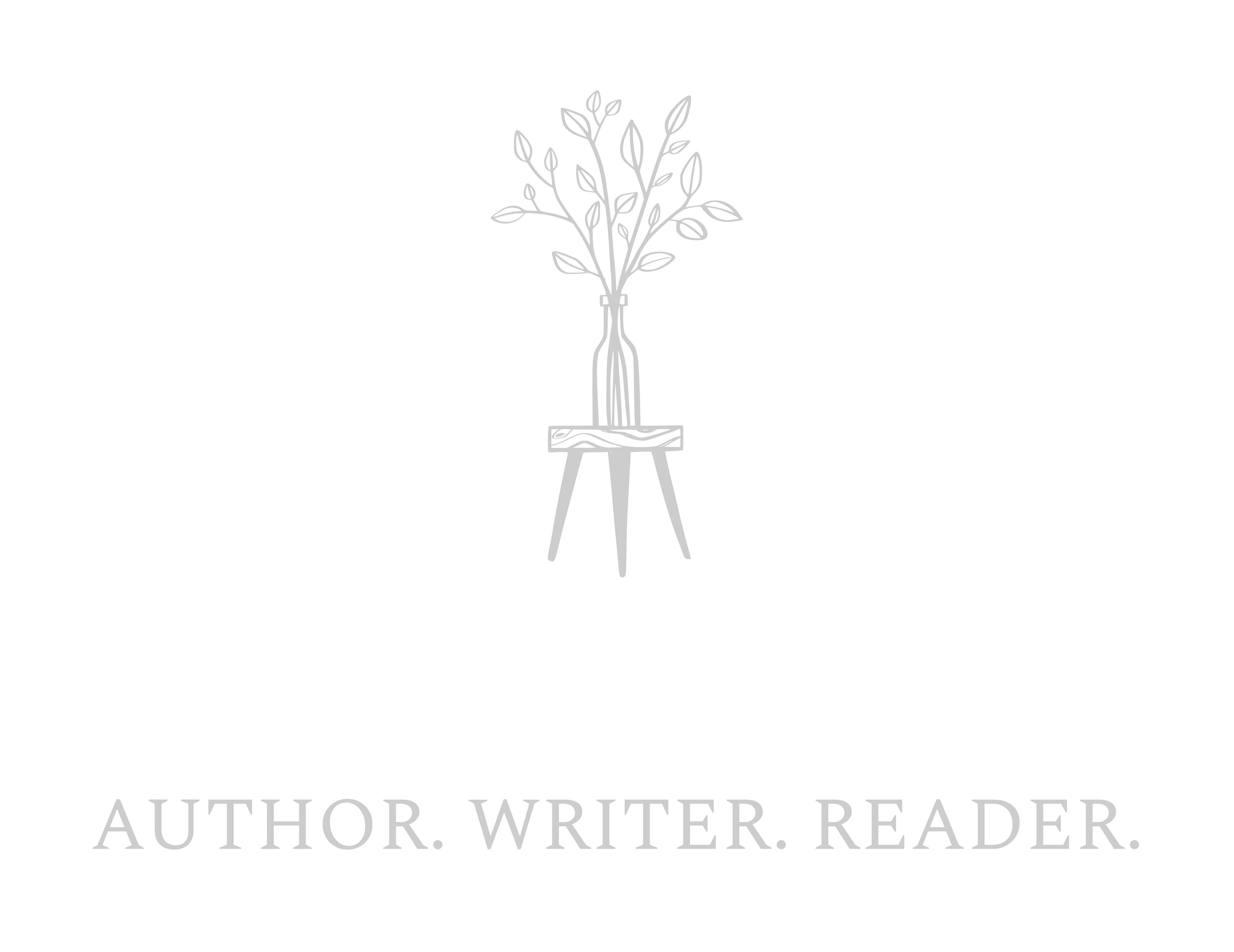What is a copyright page, and do I need one? Well, if you want to protect yourself and your literary works from book piracy then you will definitely need one. A copyright page not only provides helpful information to book distributors, retailers and librarians but also discourages plagiarism and protects your literary works from being copied without your permission.
Now keep in mind that your literary works is automatically copyrighted the moment you write it. However, without a copyright page then your ownership of said works will be difficult to prove in the court of law.
The copyright page is most commonly found on the back of the book’s title page and is standard in any book. And although there is no set format, there are specific components commonly included which I have outlined below as reference.
Contents of a Book Copyright Page:
- Copyright notice (required) – copyright symbol, year of publication and the name of the copyright holder
- EXAMPLE: Copyright © 2020 by Eli Liszt
- Rights reserved notice (required) – all rights reserved
- EXAMPLE: All rights reserved. No part of this book may be reproduced, or stored in a retrieval system, or transmitted in any form or by any means, electronic, mechanical, photocopying, recording, or otherwise, without express written permission of the publisher. Thank you for your support of the author’s right.
- ISBN – international standard book number (will need separate ones for each book format)
- EXAMPLE: ISBN 978-0-578-68056-9
- EXAMPLE: E-Book ISBN 978-0-578-69713-0
- Library of Congress Control Number – is a free number that libraries use to catalog your book.
- EXAMPLE: Library of the Congress Control Number: 2020123456
- Disclaimers – implying that you deny responsibility for particular aspects of your book, such as denying characters were based on actual persons.
- EXAMPLE: This book is a work of fiction. References to events, establishments, organizations, or locations are intended only to provide a sense of authenticity and are used fictitiously. Any resemblance to actual persons, living or dead is entirely coincidental. All other names, characters, incidents, and dialogue are products of the author’s imagination and are not to be construed as real.
- Permissions notice – only required if you used any copyrighted material with permission from the owner.
- EXAMPLE: Excerpt from THE DIARY OF ANAIS NIN, Volume Five: 1947-1955. Copyright © 1974 by Anais Nin. Used by permission of Houghton Mifflin Harcourt Publishing Company. All rights reserved.
- Credits – give credit to anyone who made a contribution to your book such as a graphic designer, photographers, editors, or proofreaders.
- EXAMPLE: Cover design by Daniel Lieske
- Print edition – if there are multiple editions.
- EXAMPLE: First Edition
- CIP data block – only required if you plan to market your book to libraries but otherwise not required. A CIP data block actually stands for “Cataloging in Publication” and refers to the bibliographic record created by the Library of Congress for a book prior to its publication. Unfortunately, the CIP program excludes self-publishers from participating.
- Ordering information – info for people or organizations wishing to order more copies of your book.
- EXAMPLE: For information about special discounts available for bulk purchases and sales promotions contact LIGHTNING SOURCE LLC provided by INGRAMSPARK.
- Author’s website – website
- EXAMPLE: www.eli-liszt.com
- Printing details – location of printing
- EXAMPLE: Printed in the United States of America.
- Trademarks – Disclose any trademarks you may hold to names, logos, or imprints included in your book.
- EXAMPLE: Logos are the most common
- Printer’s key – numbers are actually there for the publisher’s production department. They represent the printing number (or sometimes, the printing year).
- EXAMPLE: 20 20 79 38 56 41 96 18
- Publisher information – For self-published authors, you may put your name, pen name, and/or an author website in lieu of publisher info.
- EXAMPLE: Published by Eli Liszt, 2901 W. Parker Rd, P.O. Box 868054, Plano, Texas 75086






